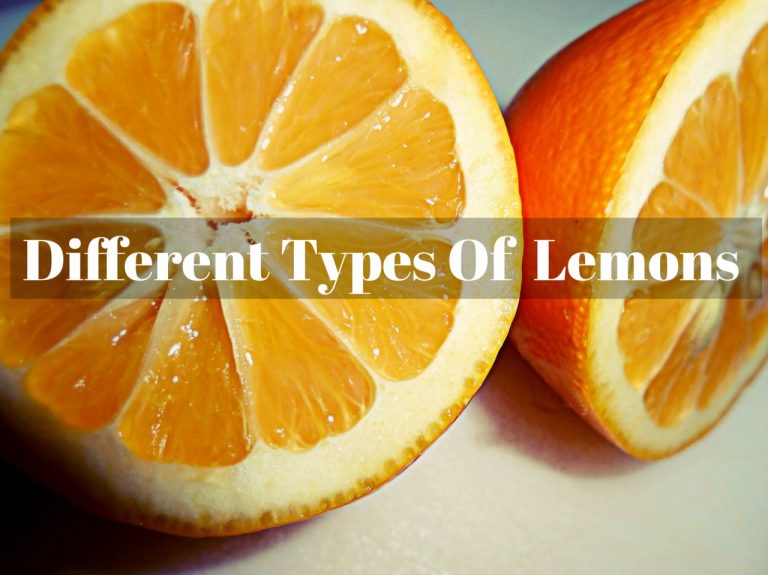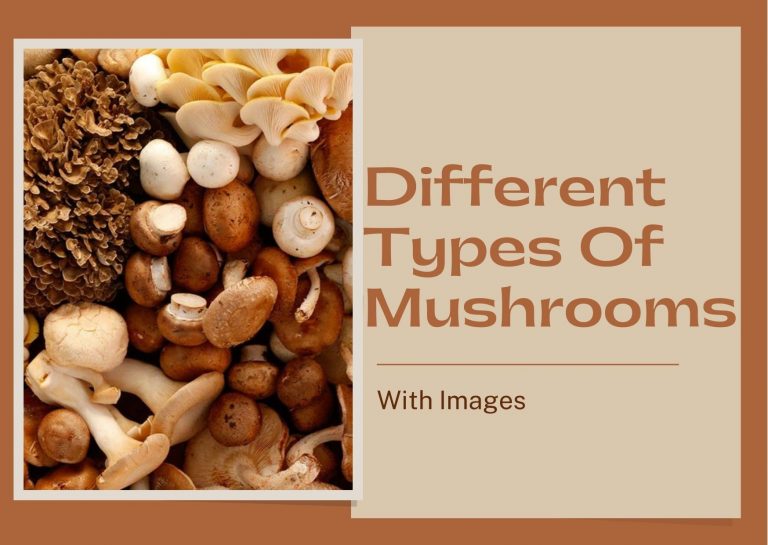6 Different Types of Pastry with Images
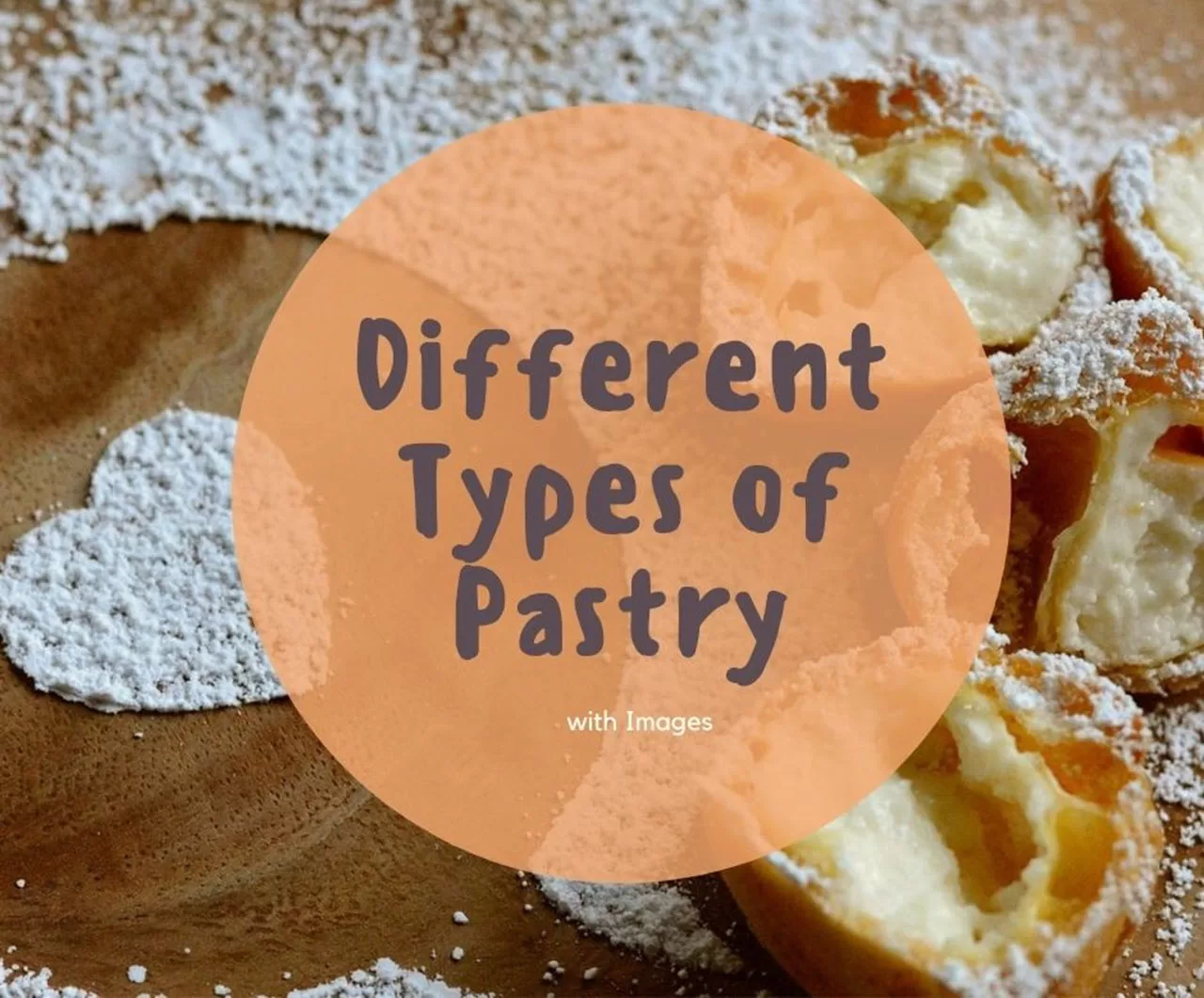
If you love baking, you would know that a pastry is a dough of flour, water and shortening (which can be solid fats, including butter or lard). You might have sweetened or savory pastries. Those small tarts and other baked products can be classified into types of pastries.
Pastries can be a good dessert or snacks. They are easy to find or let’s say, you can also bake them. Pies, tarts, quiches, croissants, and pasties are the common pastries that you can easily prepare at the table.
The secret for making the best pastries would be the dough consistency and its filling. Making the perfect dough and filling for your pastry should be given importance.
What Are The Different Types of Pastry
Pastries can be categorized based on their dough consistencies. You may have a shortcut pastry, flaky or puff pastry. These categories are also classified into different varieties. Let us find out each type of pastry and how they are described.
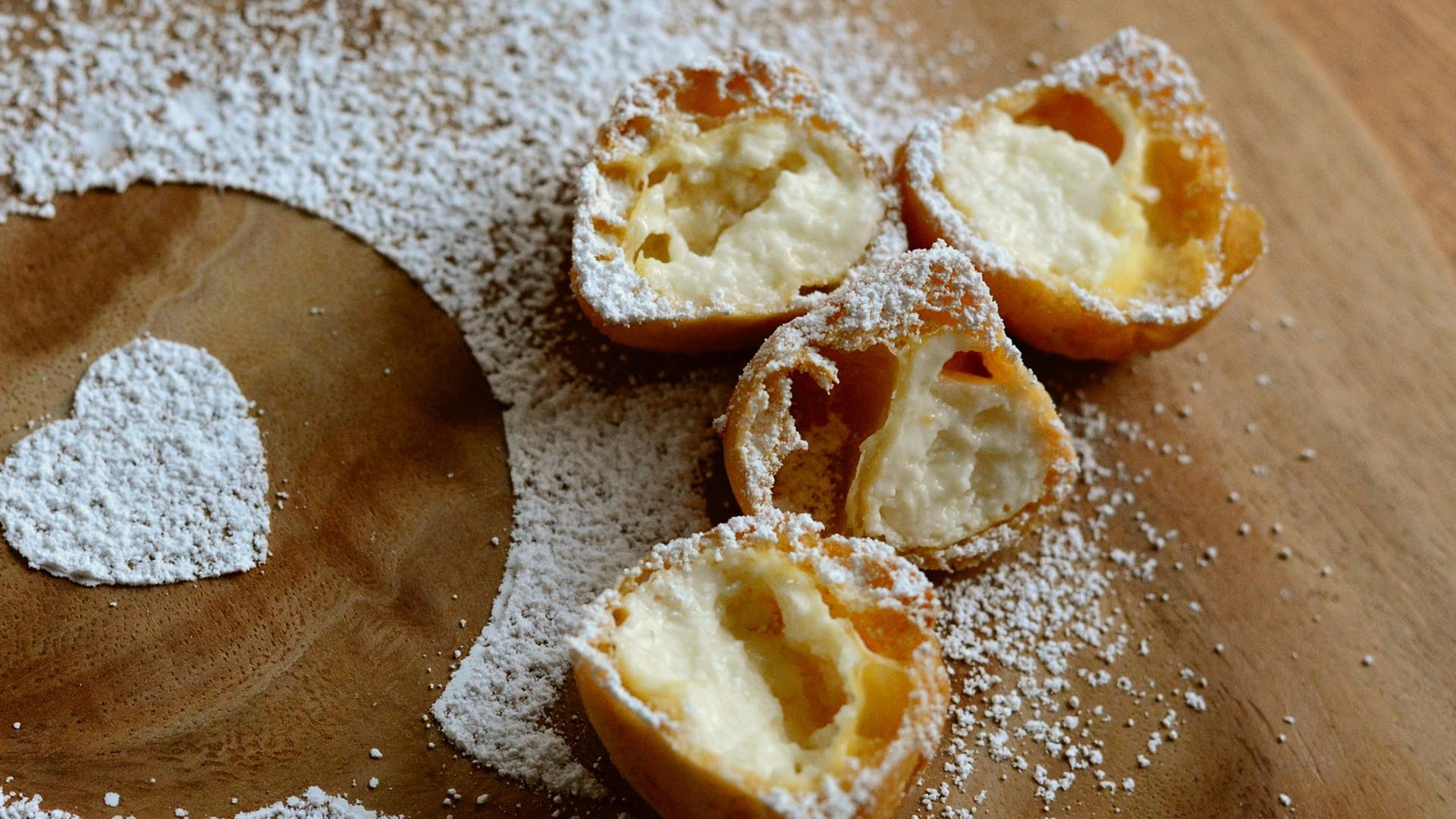
Puff Pastry
A puff pastry is considered as one of the most difficult types of pastry to make. To achieve that perfect puff pastry, you would need to create a dough that would result in a light flaky pastry. It usually comes from a laminated dough composed of dough and butter or other solid fat.
The process of making a puff pastry is by alternating layers of butter and dough. You would need to put the butter inside the dough, which is repeatedly folded and rolled out before baking.
A puff pastry dough is mainly composed of butter, salt, water, and flour. Leavening agents are actually not required in this type of pastry. A puff pastry would usually puff due to the ways on how it is cooked.
The unbaked and alternate dough of puff pastry allows the water to boil as a steam while it is baked. Then the steam goes to the gluten in the dough layers and goes into the fat layers of the puff pastry. When the water turns into steam it expands and would create large bubbles between the layers of dough that makes the flaky or puffy texture.
Pie crusts and wrappings for meat would use the puff savory pastry. While things like cream horns, Mille Feuilles, and palmiers use the puff sweet pastry. The best alternative for a puff pastry would be a croissant dough.
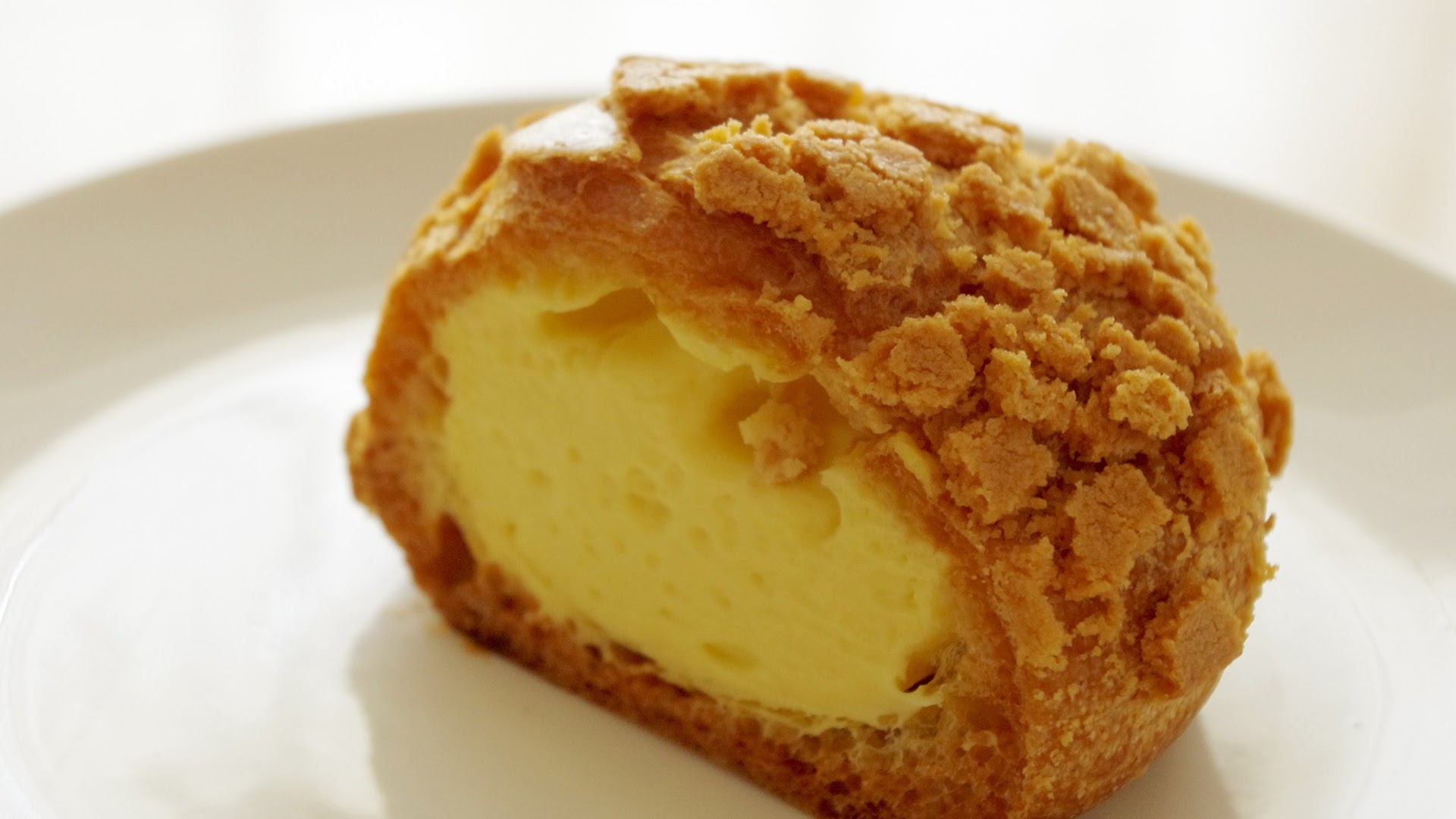
Choux Pastry
If you are looking for a light, delicate pastry dough to create delectable pastries, you should have a choux pastry. The choux pastry contains simple ingredients that include butter, water, flour, and eggs.
Choux pastry also ditches the usage of a raising agent. Instead, it uses the high moisture content to create steam during cooking, unlike the puff pastry that uses fat. This would result in a puff to the pastry. Choux pastry is mostly used in light and crispy pies, eclairs, profiteroles, and in many European and European-derived cuisines.
The choux pastry is said to have been created by the head chef of Catherine de Medici of Florence, Pantanelli, after moving to France in 1540. Its shape during that time has been derived from the French name of cabbage, choux. But during the 19th century, refinement and perfection were made to this French pastry by Antoine Careme.
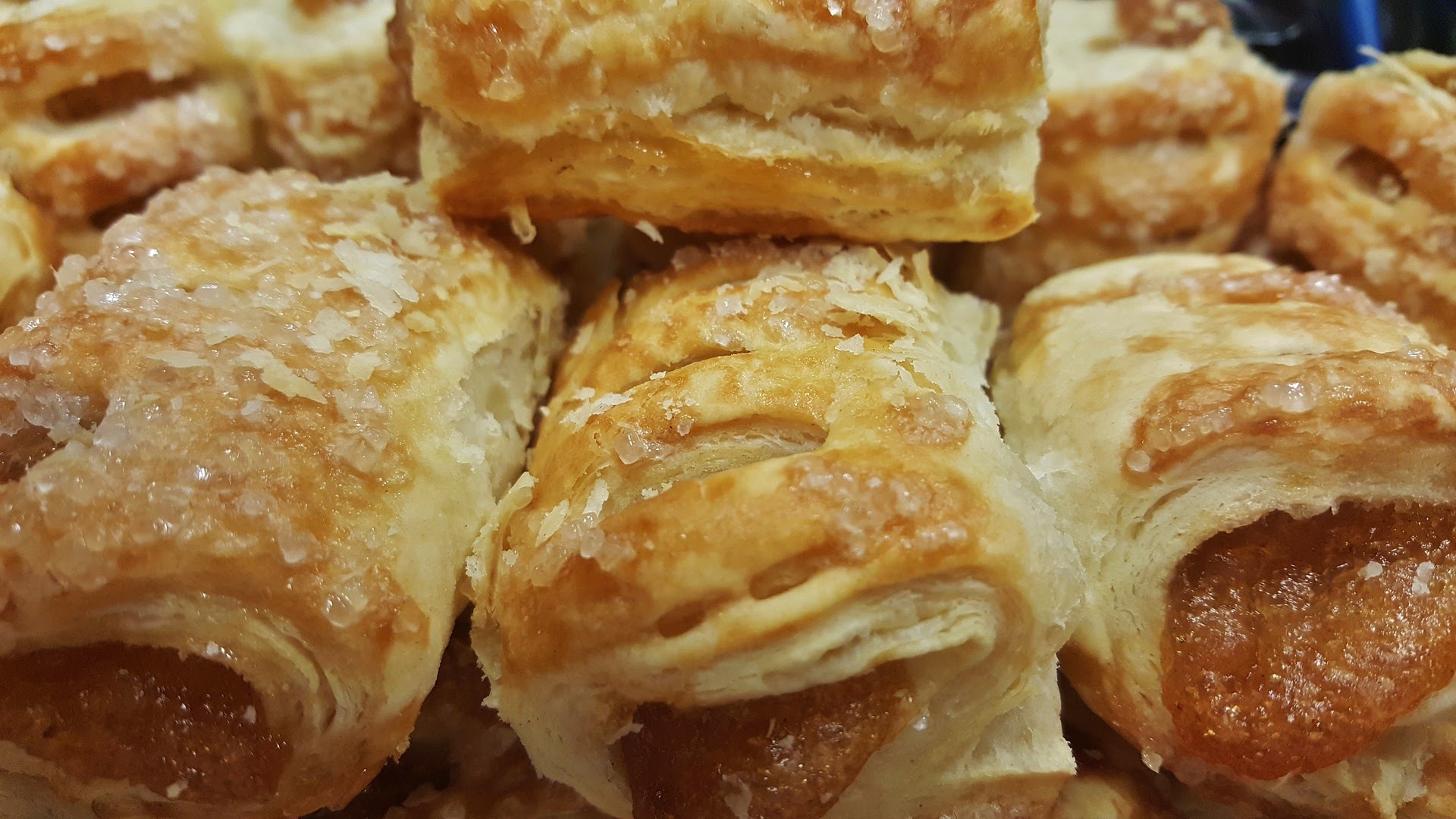
Flaky Pastry
Quick pastry, blitz pastry or rough puff pastry, those are some of the other names of the flaky pastry. This is a pastry consisting of thin light layers when baked. It is similar, but at the same time, disting to a puff pastry that is light and flaky unleavened pastry.
Compared to the puff pastry, flaky pastry is easier to make. It has a shorter preparation time, thus, the name quick pastry or blitz pastry is referred to as flaky pastry. Use a palette knife to soften the flaky pastry and have it chilled before the next rollout.
The flaky pastry also contains less fat and fewer layers when compared to the puff pastry. lard and butter are traditionally used in preparing flaky pastries. It is best used to make pasties, turnovers, sausage rolls, and plaits.
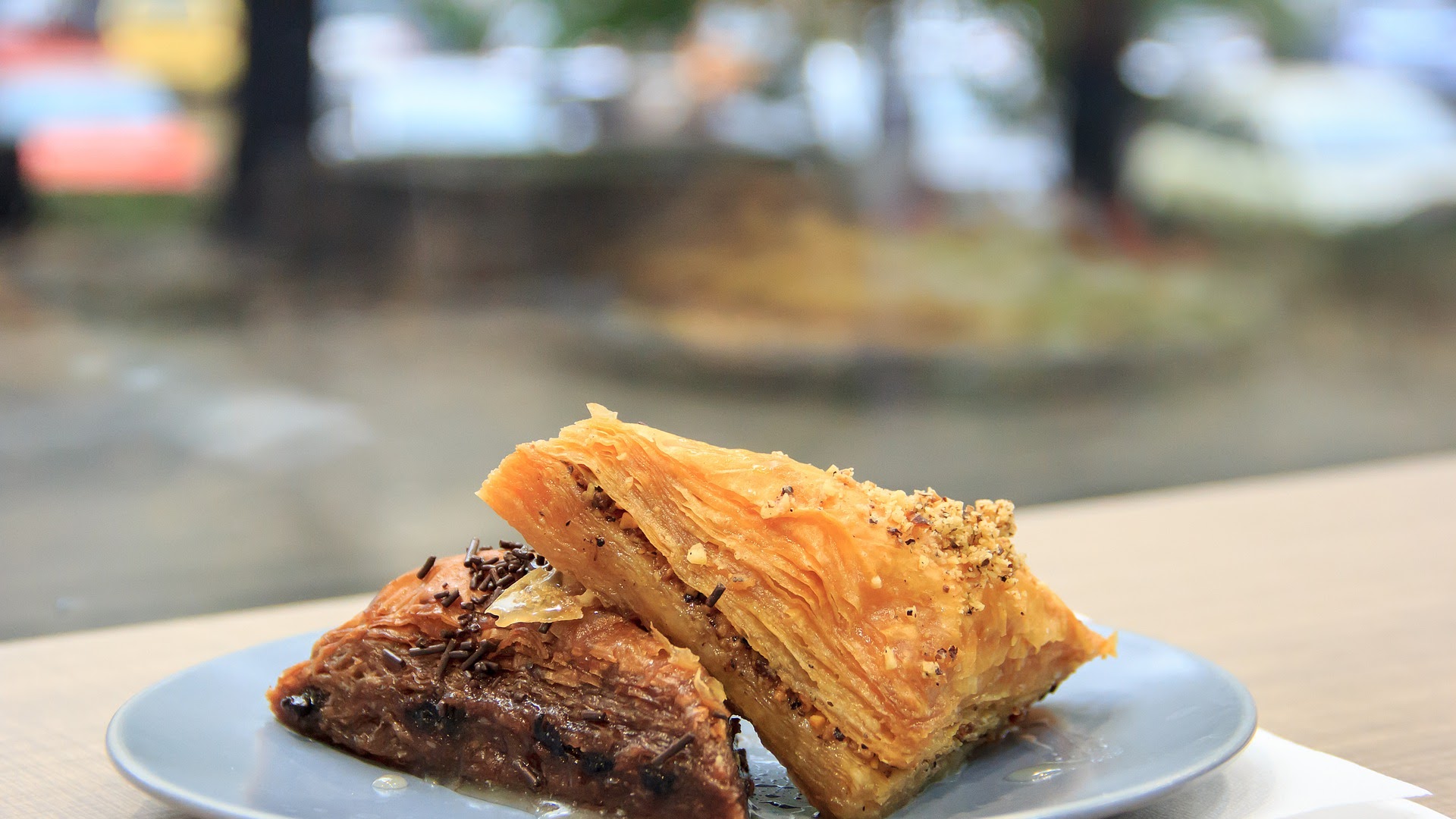
Filo Pastries
Also known as phyllo pastry, filo is a very thin unleavened dough. It is commonly used in making the Turkish sweet pastry, baklava, and börek in Middle Eastern and Balkan cuisines.
Since Filo pastry is made with unleavened dough, that means there is no rising agent used to make it. Instead, filo pastry is made of vegetable oil, a dash of salt and warm water added to plain flour. It is then kneaded and stretched by hand until you have those very thin see-through layers.
Those pastries that use a filo pastry are made by layering many sheets of filo and brushed with oil or butter before the pastry is baked. If you are worried about the fat content of a filo pastry, it is actually lower than other types of pastry at only 2.9g fat per 100g, which is the lowest in all types.
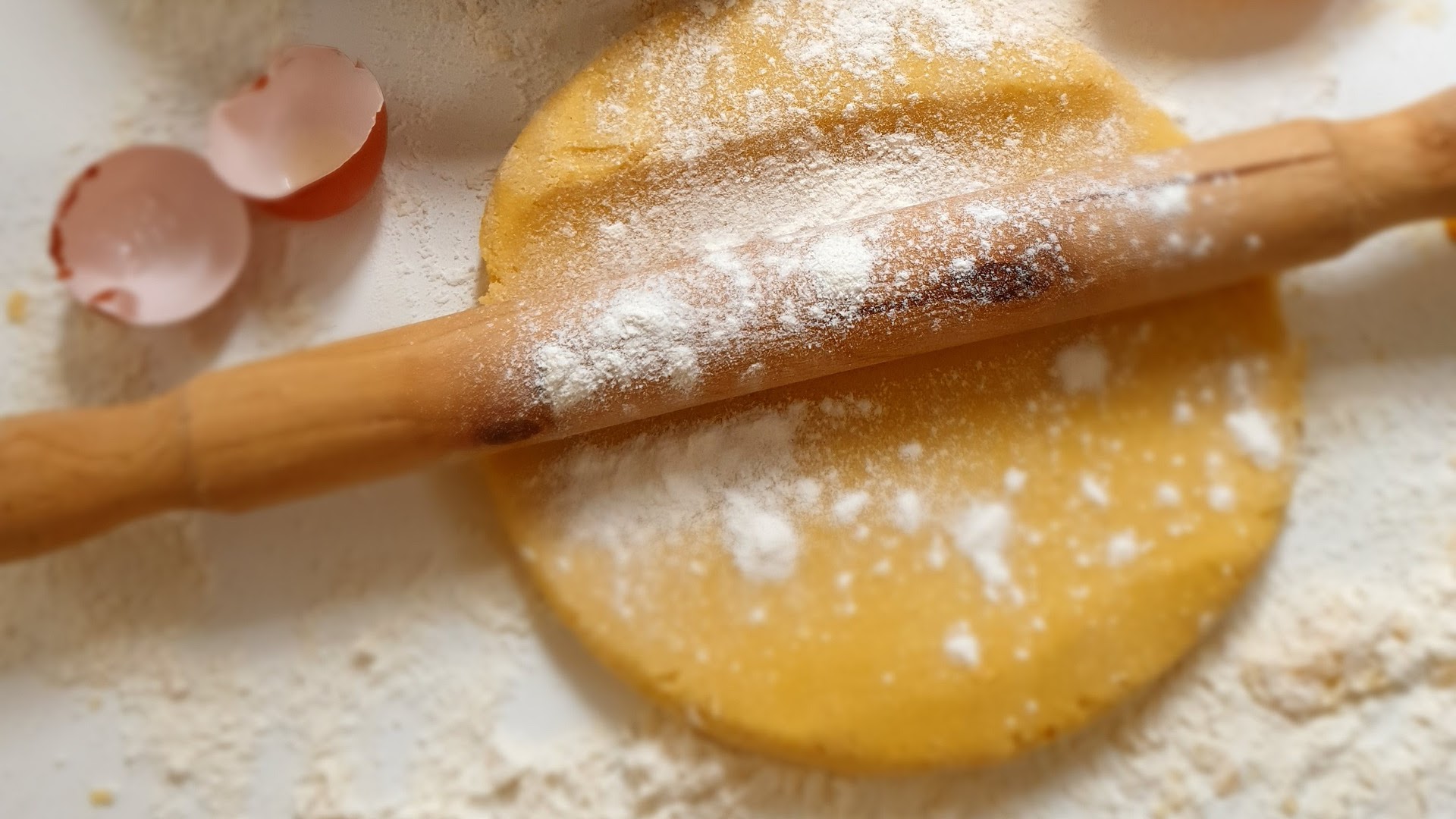
Shortcrust Pastry
If you love tart, quiche or pie, you should know that the type of pastry used as a base in those products is a shortcrust pastry. That is because shortcrust pastry is easy to make at home and a versatile pastry. In fact, sweet and savory pies such as apple pie, quiche, lemon meringue or chicken pie use shortcrust pastry.
Shortcrust pastry is made with half the quantity of fat to flour. It also has a crisp but crumbly texture. Preparation of the shortcrust pastry is done by mixing the fat and flour first, before adding some cold water as the binding element.
That procedure is done so that the dough is prevented from having some gluten strands formation and also giving a crumbly texture. The shortcrust pastry is usually rolled or pressed out into shape after chilling in the refrigerator, then baked without a filling.

Suet Crust Pastry
This good, old fashioned British pastry is used for steamed and boiled, sweet and savoury puddings and dumplings. The suet crust pastry, or simply known as suet pastry, has a similar texture to the shortcrust but only tougher and more elastic.
As by the name, instead of using butter, suet pastry uses suet as its main ingredient in making the pastry dough. Suet is essentially a solidified mix of fats. Any seed or grain is mixed with beef fat, lard, or natural peanut butter.
There are a lot of things that you can use the suet pastry as a base, such as soft-textured pastry, dumplings, haggis, mincemeat, Christmas pudding, and a rendered fat called tallow.
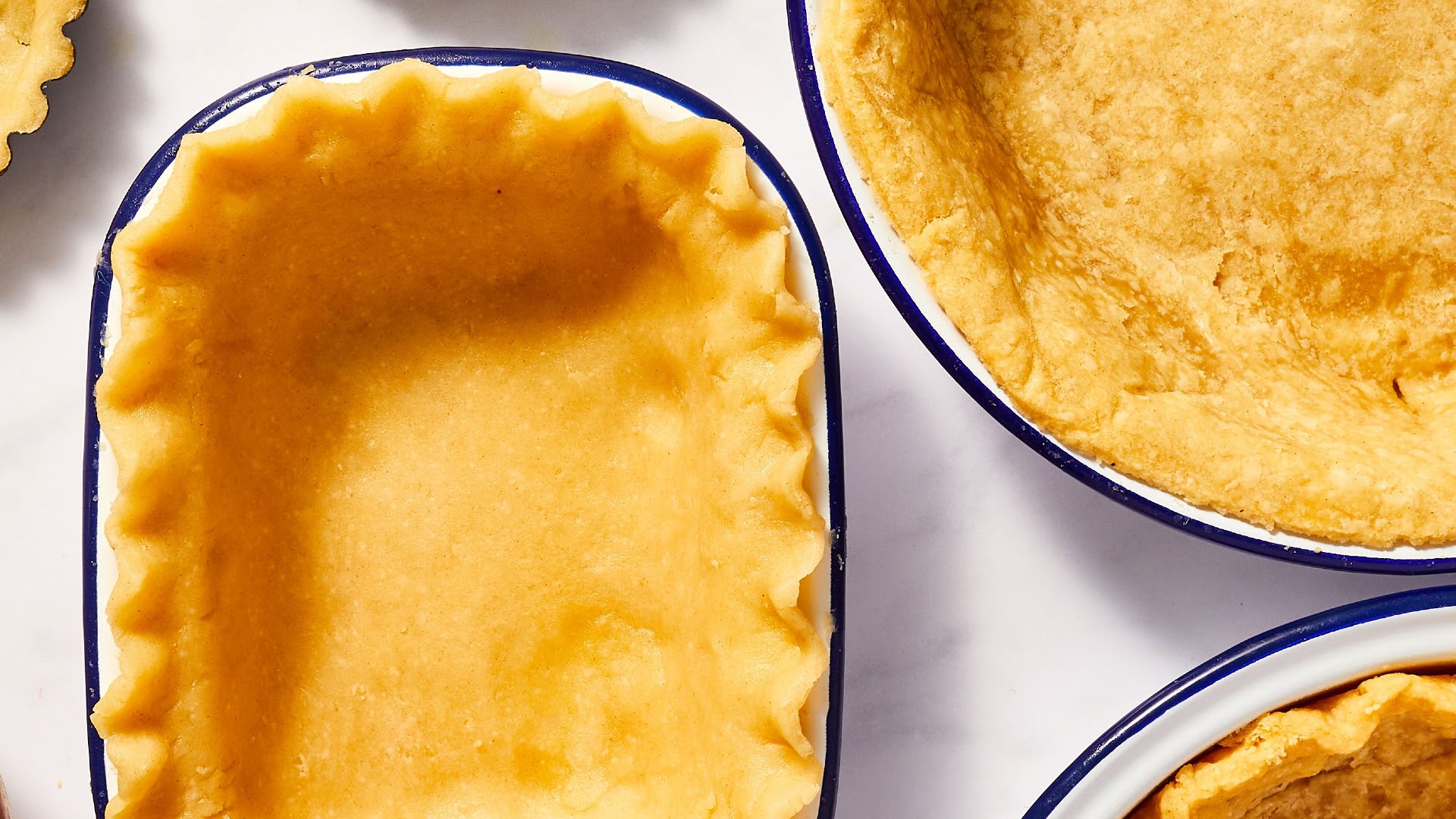
Hot Water Crust Pastry
If you want some savory pies, such as pork pies, game pies and kidney pies, the hot water crusty party is best for those things. It is traditionally used for pies made by hand.
It is also an unleavened pastry, like choux, but it doesn’t rise when baked and it is said to be twice cooked. The secret to get a perfect texture for a hot water crust would be the right amount of fat or liquid added to the dough.
It is also important that before you put in a cream filling or before stuffing the pastry, it should be made and cased one day ahead to allow the pastry time to firm up.
Other Types of Pastry
Aside from these mentioned pastries, there are several different types of pastry out there. They could be a sub-category from the main ones.
For example, Pâte à foncer and Pâte sucrée (Sweet Shortcrust Pastry) are subcategories of the shortcrust type. There is also the Pâte brisée and Pâté Sablé are also part of the shortcrust family.
Depending on your needs, you can find that perfect pastry that should meet your standards. Whether you are making chocolate tarts, or some savory pastries, just refer to the types of pastries above.
How To Make a Simple Pastry Dough for Pie Crusts
If you want a flaky tender crust with rich buttery flavor, this recipe would provide you some useful procedures to achieve that basic pastry dough.
To start, you must prepare these ingredients:
- 2 1/2 cups of all-purpose flour (have more for dusting)
- 1/2 Tbsp of granulated sugar
- 1/2 lb of cold unsalted butter (or 2 sticks of diced chilled butter)
- 7 to 8 Tbsp of ice cold water
Instructions:
In a bowl of a food processor, place the flour, sugar and salt. Pulse a few times to combine the ingredients well.
Add diced chilled butter and pulse the mixture to form coarse crumbs. Stop mixing once there are some pea-sized pieces. Make sure that it is still dry and powdery.
Add 7 Tbsp of ice water and pulse until the mixture is moist and clumps or small balls are formed.
If the dough sticks together when a piece of dough is pressed between your finger tips, that means you have added enough water. You can always add water a teaspoon full at a time if you are not getting the right consistency, but be careful not to add much liquid as the dough will be sticky and difficult to roll out.
On a clean work surface, transfer and gather the dough together into a ball.
Do not knead the dough and it should not be smooth. Cut the dough into two portions and flatten them to form 2 disks. Refrigerate in 1 hour while covered in a plastic wrap. After one hour, you can use that as a crust for your pie or other recipes that call for it.

